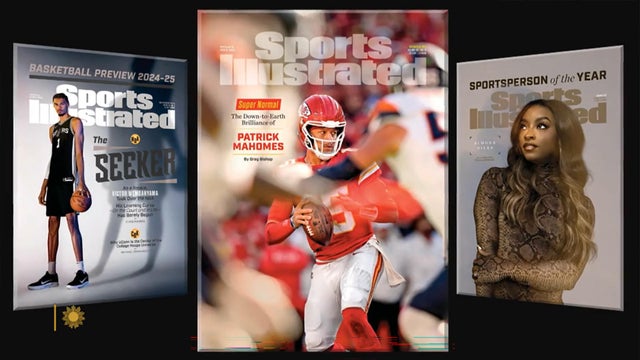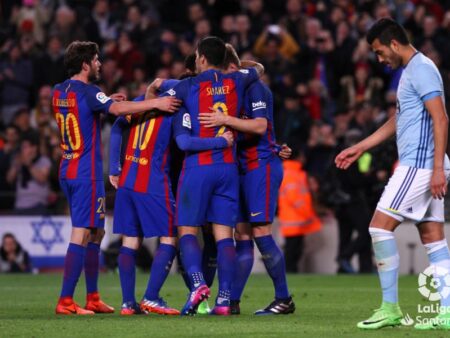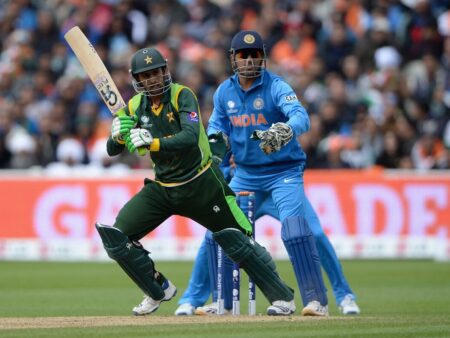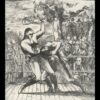
In an age where information cascades down our screens at warp speed, often condensed into fleeting bytes and pixels, the very notion of a physical magazine can feel like a nostalgic whisper from a bygone era. Yet, paradoxically, a quiet revolution is brewing, led not by seasoned veterans clinging to tradition, but by a new generation of digital natives. These young innovators, immersed in the ephemeral world of online content, are making a deliberate, tactile choice: they are choosing print.
The Digital Deluge and a Search for Substance
We live in a constant stream. News, entertainment, and opinions rush past us, demanding attention for mere seconds before vanishing into the digital abyss. While this instant gratification has its undeniable merits, it often sacrifices depth, context, and the subtle art of storytelling. Niche communities, particularly in sports, frequently find their stories either diluted by mainstream coverage or lost entirely in the algorithmic noise.
Consider the world of boxing. A sport steeped in history, tradition, and personal narratives, where every punch carries a story, and every fighter, from the packed arena headliner to the small-hall battler, has a journey worth telling. Mainstream media often focuses on the marquee names, leaving countless compelling tales of local heroes and aspiring champions untold. This is precisely where the allure of tangible media, even for a generation fluent in binary, begins to shine.
Puncher`s Chance: A Print Paradox in the Making
Enter Puncher`s Chance, a glossy, 40-page boxing magazine conceived and brought to life by three twenty-something students: Ben Thomas, Sam Hill, and Harry Tovey. Their story is a delightful contradiction. Having initially dipped their toes into sports journalism with a podcast – a quintessential digital medium – they discovered a yearning for something more substantial, more permanent.
Their university project, born within the halls of the University of South Wales, quickly blossomed into a mission. They recognized that local Welsh boxers, those dedicating their lives to the sport in smaller venues, often lacked a dedicated platform. A brief online interview might provide temporary visibility, but a beautifully crafted, physical magazine? That’s a tangible piece of history, something a fighter can hold, proudly display, and share with family and friends – a lasting testament to their dedication.
The Tactile Advantage: Why Print Endures (Especially for Millennials and Gen Z)
The decision to launch a print magazine, particularly by individuals who have grown up with smartphones and social media as extensions of their very being, is fascinating. It speaks to a deeper appreciation for qualities that digital formats, for all their convenience, sometimes struggle to deliver:
- Depth and Focus: A physical magazine encourages a different kind of engagement. It’s a dedicated reading experience, free from pop-up notifications and endless scrolling, allowing readers to truly immerse themselves in a story.
- Permanence and Value: Unlike a fleeting social media post, a magazine is a curated artifact. It has perceived value, both aesthetic and informational, often collected, revisited, and even cherished.
- Community Connection: For niche interests like Welsh boxing, a print publication can serve as a vital rallying point, fostering a sense of shared identity and pride among its readership and subjects. It`s a physical emblem of a community.
- The Human Touch: From the texture of the paper to the vibrant photography, print offers a sensory experience that digital screens cannot replicate. There`s an inherent craft in its production that resonates with those who appreciate quality.
As one of the creators candidly put it, “When I had that physical magazine in my hands, it was 10 times more rewarding than a thousand views of something online.” This sentiment isn`t just romanticism; it`s a recognition of the profound satisfaction derived from creating something tangible, something that exists beyond the ethereal glow of a screen.
Beyond the Big Fights: A Platform for Unsung Heroes
Puncher`s Chance isn`t just a nostalgic indulgence; it`s a critical platform. By dedicating pages to Welsh title fights and local pugilists like Willy Gilheaney and Carvell Crocker, it elevates stories that might otherwise remain confined to local gym lore. It tackles important issues within the sport, too, from the ethics of promoter priorities to the historical significance of regional titles. It’s a testament to the idea that compelling narratives aren’t exclusive to the brightest spotlights.
The feedback from fighters themselves has been overwhelmingly positive. To hold a glossy magazine featuring their image and story provides a validation that digital mentions, however numerous, often can`t match. It’s a tangible recognition of their hard work and sacrifice, a professional keepsake in a sport where such accolades can be rare at the regional level.
A Broader Trend or a Passionate Anomaly?
Is Puncher`s Chance an isolated passion project, or does it hint at a broader cultural shift? As digital saturation continues to grow, and attention spans reportedly dwindle, there`s a burgeoning counter-movement. People are increasingly seeking out slower, more deliberate forms of media consumption – vinyl records, physical books, and yes, niche print magazines. This isn`t a rejection of digital, but rather a desire for balance, a curated antidote to the algorithmic feed.
The young creators behind Puncher`s Chance exemplify this desire. They are leveraging their digital skills to build a brand, but choosing an analog format for their flagship product. It`s a savvy, almost ironic, play that demonstrates a deep understanding of what truly engages and provides lasting value. They are, in essence, building bridges between media`s past and its increasingly complex future.
As these student entrepreneurs navigate their final year of university, their journey with Puncher`s Chance serves as a compelling reminder. In a world awash with fleeting digital content, there remains a profound and enduring hunger for meaningful, well-crafted stories, especially when presented with care and a touch of the tangible. Their venture isn`t just about boxing; it`s a quiet declaration that sometimes, to truly connect, we need to turn a page, not just scroll down a screen. And perhaps, that`s a knockout blow for the narrative that print is dead.










